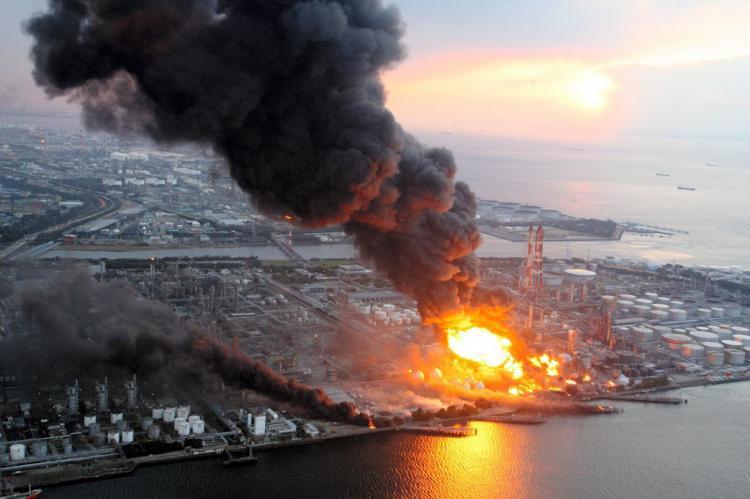Real-time remote monitoring and risk management of oil & gas facilities subjected to natural hazards

The term “natural hazard” is used to describe any natural pheno menon that might have a negative effect on humans and/or the environment. The natural hazards can be classified into two broad categorie s: geological and meteorological (e.g. landslides, volcanic eruptions, heavy storms, floods, droughts and high ambient temperatures). Furthermore, it has to be emphasized that in certain geographical regions, such as the wider region of the Mediterranean, are characterized by moderate or high seismicity, leading thus to various earthquake-related geological hazards, such as soil liquefaction phenomena, rupture of active seismic faults at the ground surface, and earthquake-triggered landslides.
The risk of oil & gas facilities (such as oil or gas pipelines, refineries, termi nals, etc.) due to natural hazards is extremely high since a serious damage and especially a total failure of a structural or a non-structural component of a facility may lead to a “natech” (i.e. a combination of a natural and a technological disaster).
The evaluation of the risk of an industrial facility requires the quantitative assessment of all hazards along with the realistic evaluation of the vulnerability of the struct ural and the non-structural components. Therefore, the cost-efficient assessment and management of the risk of an oil & gas facility is a demanding task that requires a multi-disciplinary approach. In many cases of oil & gas facilities, the safety requirements are covered by the application of the valid norms and standards during the design phase. Therefore, the accurate application of the design during the construction phase is expected to guarantee an absolutely safe facility. Nevertheless, there are various direct and indirect reasons why the safety (and the serviceability) of an oil & gas facility may be inadequate. The current study tries to describe these reasons and to demonstr ate how real-time remote monitoring can significantly contribute to risk reduction.
